
Click
 【Hand Diagnosis | Facial Diagnosis | Eye Diagnosis | Mouth Diagnosis】Did you know?
【Hand Diagnosis | Facial Diagnosis | Eye Diagnosis | Mouth Diagnosis】Did you know?
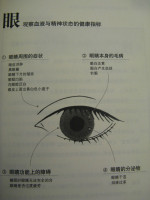
Eyes:
1. Symptoms around the eyes
Eyelid swelling — Reduced function of internal organs (kidneys, gastrointestinal tract, heart) leading to water retention in the body.
Dark circles — When blood contains excessive waste, it causes the area around the eyes to darken (kidneys).
Wrinkles below the eyes — One of the signs of aging.
Sunken eye sockets — Excessive consumption of body energy.
Pale inner eyelids — Symptoms of anemia.
Yellowish-white spots on the eyelids — High cholesterol.
2. Problems with the eyes themselves
Yellowing of the sclera — Warning sign of liver and gallbladder issues (jaundice).
Bloodshot sclera — Liver overstrain causing blood vessel dilation.
Eye twitching — Warning sign of weakened immunity.
3. Functional impairments of the eyes
Inability to fully close eyes during sleep — Gastrointestinal issues leading to overall muscle weakness.
Easily fatigued eyes — Reduced liver function.
4. Eye secretions
”Eye discharge” — Yellow eye discharge indicates “pus” (inflammation).
Dry eyes — Can easily lead to eye diseases.
Excessive tearing — When liver function is weakened, tears are easily produced.
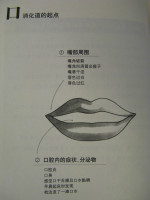
Mouth:
1. Symptoms around the mouth
Cracked corners of the mouth — Caused by gastritis leading to false appetite.
Pimples around the corners of the mouth — Weak gastrointestinal function.
Dry lips — Increased body temperature can cause dry lips.
Pale lips — Warning sign of insufficient blood.
Red lips — Indicates excessive heat accumulation in the body.
2. Symptoms and secretions in the oral cavity
Stomatitis — Evidence of lowered immunity.
Bad breath — Caused by five factors (gastritis, indigestion, rhinitis, gum disease, dental plaque).
Feeling dry mouth with thick saliva — Indicates overall body fluid deficiency.
Finding a pool of saliva on the pillow in the morning — Indicates weakened gastrointestinal function.
 The miraculous TCM “Four Diagnostic Methods”: Observation, Listening, Inquiry, and Pulse Diagnosis, specifically Facial Observation: Observing the face to know health
The miraculous TCM “Four Diagnostic Methods”: Observation, Listening, Inquiry, and Pulse Diagnosis, specifically Facial Observation: Observing the face to know health
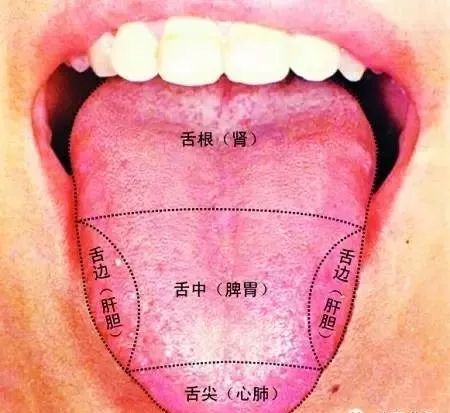
Traditional Chinese Medicine believes that “the heart opens through the tongue,” and “the tongue is the sprout of the heart,” dividing the tongue surface into four regions corresponding to the five internal organs:
The tip of the tongue corresponds to the heart and lungs,
The middle part of the tongue corresponds to the spleen and stomach,
The root of the tongue corresponds to the kidneys,
The sides of the tongue correspond to the liver and gallbladder.
Click ☞ Back Diagnosis Illustration, Back Massage, Back Gua Sha
Nose:
1. Condition of the nose
Size of the nose — Indicates the strength of respiratory function.
Nostrils flaring — Indicates difficulty in breathing.
2. Condition of the skin on the nose
Pimples on the nose — May indicate respiratory issues.
Red nose tip — Sign of excessive alcohol consumption.
3. Nasal secretions
Nasal discharge can indicate body temperature — Treatment for colds varies based on the type of nasal discharge.
Nasal congestion — If left untreated, it can lead to systemic hypoxia.
Frequent nosebleeds — Often caused by weakened gastrointestinal function.
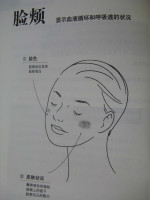
Cheeks:
1. Facial color
Red cheeks — Indicates abnormal body temperature regulation.
Pale cheeks — Indicates insufficient oxygen supply in the body.
2. Skin condition
Wrinkles on the cheekbones — Primarily caused by UV exposure.
Pimples on the cheeks — Pay attention to diet, whether excessive or constipated.
Enlarged pores on the cheeks — Reduced sebum is the main cause of enlarged pores.
 Facial Diagnosis (Easy to Understand, Easy to Learn)
Facial Diagnosis (Easy to Understand, Easy to Learn)
Teeth:
1. Condition of the teeth
Prone to cavities — A precursor to osteoporosis.
Teeth appearing gray — Indicates the formation of cavities inside the teeth.
2. Condition of the gums
Swollen gums — Indicates gastritis or fatigue.
Gums prone to bleeding — Indicates gum inflammation or weak gastrointestinal function.
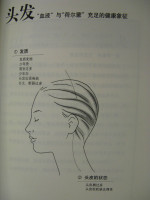
Hair:
1. Hair quality
Thinning hair — Indicates a tendency towards anemia or aging.
Juvenile baldness — Excessive fat intake can lead to hair depletion (reproductive organ decline).
Excessive hair loss — Hair loss can indicate early signs of disease.
Premature graying — Related to calcium levels and hair.
Curly hair — Indicates thinning hair quality.
Excessive splitting and breaking — Physiological periods can cause hair anemia.
2. Condition of the scalp
Excessive dandruff — Divided into “dry” (iron and protein supplementation) and “oily” (improving fat metabolism, supplementing Vitamin B).
Soft and lacking elasticity scalp — Indicates symptoms of edema.
 Comprehensive Guide to Finger Diagnosis, Collector’s Edition
Comprehensive Guide to Finger Diagnosis, Collector’s Edition
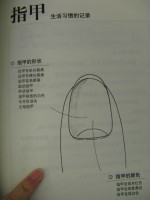
Nails:
1. Nail shape
Longitudinal cracks in the nails — Wrinkles formed by aging.
Transverse cracks in the nails — Indicate records of “past” (body discomfort).
Nails prone to breaking — Indicates anemia or poor liver function.
Spoon nails — A signal of bodily distress (severe anemia, uterine fibroids, endometriosis; detailed examination recommended).
Clubbing nails (feeling of pressure and deformation) — Common in individuals with heart disease.
Disappearance of the white crescent at the base of the nails — Indicates physical decline.
Mica nails — Nails appear dry.
2. Nail color
Nails appearing red — Indicates overly thick blood (pay attention to cardiovascular health).
Nails appearing purple-black — Indicates turbid blood or poor heart function.
Nails appearing white — Indicates a tendency towards anemia.

Observing the tongue
 Facial Diagnosis, Eye Diagnosis, Nose Diagnosis, Ear Diagnosis, Lip Diagnosis, Tongue Diagnosis, Tooth Diagnosis illustrations… all collected!
Facial Diagnosis, Eye Diagnosis, Nose Diagnosis, Ear Diagnosis, Lip Diagnosis, Tongue Diagnosis, Tooth Diagnosis illustrations… all collected!
The face is a holographic reflection of the body’s various parts and diseases. Each part of the body does not exist independently but is interconnected and mutually restrictive, from the five internal organs to the limbs and skin. If a certain part experiences pathological changes or discomfort, it can affect other parts or even the whole body.
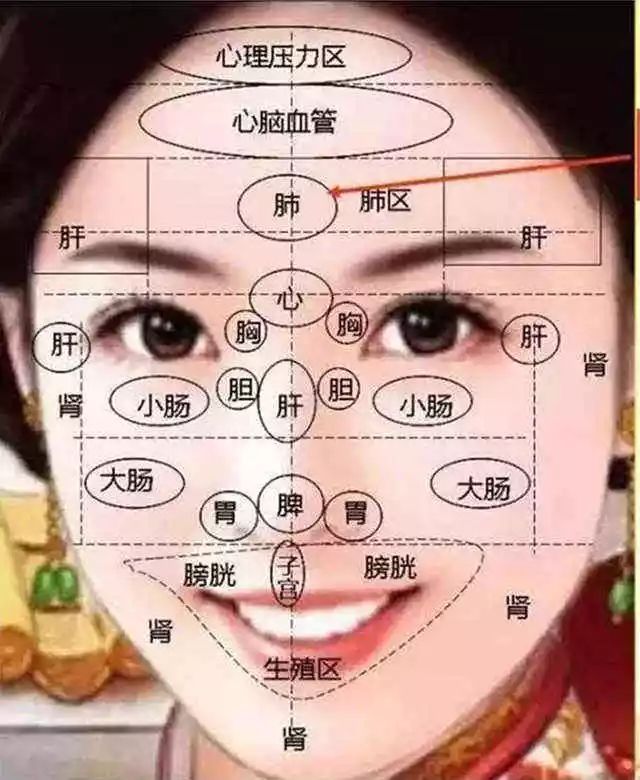
The various parts of the face represent or reflect not only the local area but also the reflection zones of the five internal organs. We can naturally infer a person’s mental and health status from their facial color and shape, and once facial issues arise, adjusting the five internal organs can resolve the problems.
Head and face: The midpoint of the forehead. Treats: head and face diseases, brain diseases. Throat: The midpoint between the head and the lungs. Treats: pharyngitis, plum pit qi, etc. Lungs: The midpoint between the two eyebrows. Treats: cough, asthma, and other respiratory diseases. Heart: Located at the lowest point of the nasal bridge. Treats: palpitations, insomnia, etc. Liver: The midpoint connecting the heart and spleen areas. Treats: liver diseases and pain in the sides.
Gallbladder: Located beside the liver area. Treats: cholecystitis, gallstones, etc.
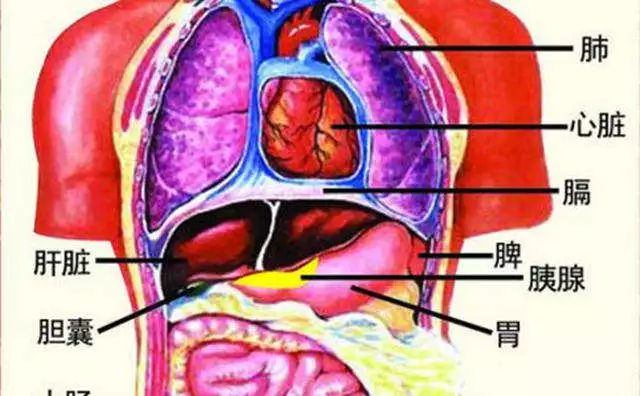
Spleen: Located at the tip of the nose. Treats: loss of appetite, abdominal distension, indigestion, etc. Stomach: Located on both sides of the spleen. Treats: stomach pain, vomiting. Bladder: Corresponds to the location of the water ditch point. Treats: lower back pain.Uterus: Overlaps with the bladder area. Treats: dysmenorrhea, pain in the genital area.Large intestine: Below the cheekbone. Treats: constipation, abdominal pain, diarrhea, etc. Small intestine: Located on the inner side of the cheekbone. Treats: diarrhea.Kidneys: Intersection of the horizontal line of the nostrils and the vertical line of the temples. Treats: enuresis, etc.Umbilicus: Slightly below the kidney area. Treats: abdominal pain around the navel.Chest (breasts): Slightly above the inner canthus of the eyes. Treats: chest tightness, chest discomfort, etc.
Eye Diagnosis
The Five Wheel Theory: Based on the five elements perspective, the eye is divided into five parts: inner wheel, blood wheel, qi wheel, wind wheel, and water wheel, each corresponding to certain internal organs, explaining the physiological and pathological mechanisms of the eyes, guiding clinical diagnosis and treatment.
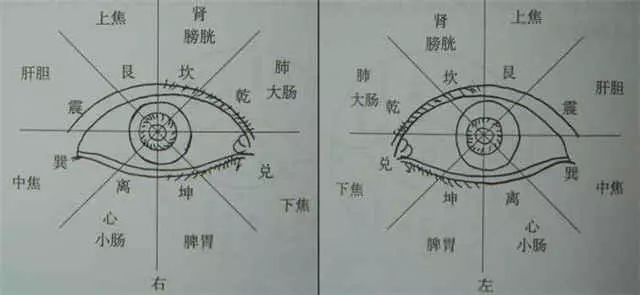
The Eight Trigrams Theory: Divides the eyes according to the positions of the eight trigrams, each corresponding to the six internal organs, pericardium, and life gate. When the eyes are diseased, observing the position, color, thickness, and quantity can provide a basis for treatment.Diagnosis of the Nose
The nose is a microcosm of the internal organs, with specific corresponding areas for each organ, systematically reflecting the physiological and pathological conditions of the internal organs.
Diagnosis of the Lips
The lips are the pivot of the fourteen meridians, the key points of the internal organs, and we use the Eight Trigrams diagram to illustrate the correspondence between the internal organs and the lips.
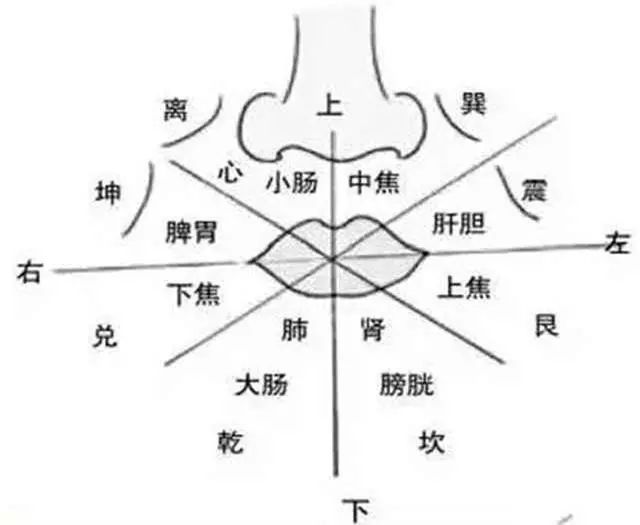
Diagnosis of the Ears
Holographic ear therapy is based on the theory of meridians in traditional Chinese medicine, developed from acupuncture. Through ear acupoint magnetic moxibustion, it can fundamentally regulate the qi and blood flow of the internal organs, unblocking the blood vessels to achieve root cause treatment.
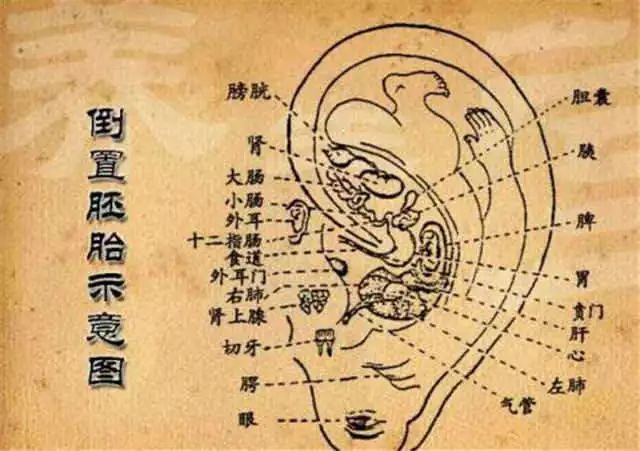
Diagnosis of the Tongue
Tongue diagnosis is an important method in traditional Chinese medicine for diagnosing diseases. The tongue is connected to the five internal organs through meridians, allowing for an understanding of the internal organs’ conditions and the nature, severity, and changes of pathogenic factors.

Diagnosis of the Teeth
Traditional Chinese medicine believes that “teeth are the remnants of bones,” and “gums are the connections of the stomach.” Teeth are closely linked to the internal organs through numerous meridians.
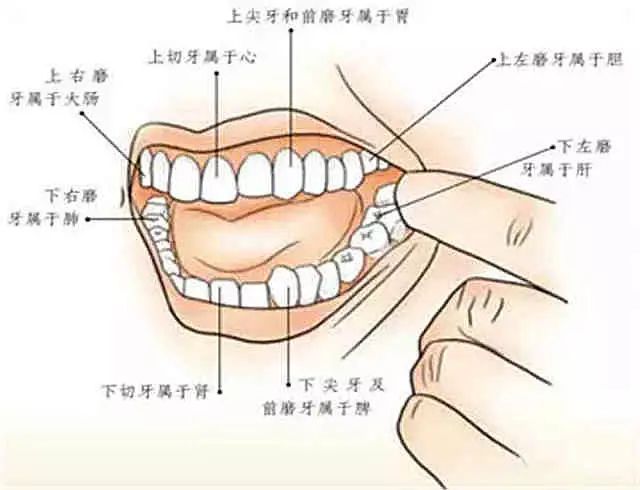
 【Disclaimer: The above content is sourced from the internet, and the copyright belongs to the original author. We maintain neutrality regarding the viewpoints expressed in the text. If there are any infringements or inaccuracies, please contact us promptly for removal】
【Disclaimer: The above content is sourced from the internet, and the copyright belongs to the original author. We maintain neutrality regarding the viewpoints expressed in the text. If there are any infringements or inaccuracies, please contact us promptly for removal】



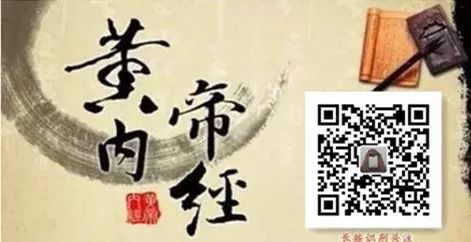
Profit comes from the platform, sharing economy
Believe and there will be opportunities. Opportunities come from fate.
Scan to follow, surprises await.
For more information about the platform, please click to learn more
 Natural bamboo fiber paper — Must-have tissues for babies, pregnant women, women, and patients with allergic rhinitis
Natural bamboo fiber paper — Must-have tissues for babies, pregnant women, women, and patients with allergic rhinitis

 If you find this useful, please like below, thank you.
If you find this useful, please like below, thank you.

